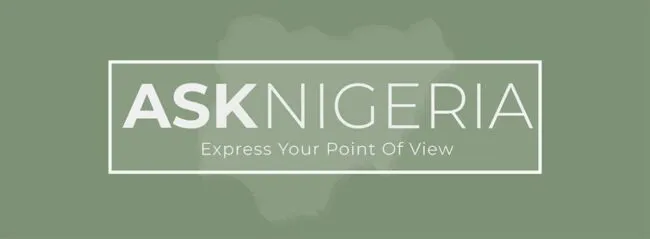The General Assembly of the United Nations, in November 2018 (Resolution A/RES/73/161), proclaimed January 4 as World Braille Day, with recognition of full realization of Human Rights and fundamental freedoms as they rely on an inclusive written promotion – marking the birthday of the creator of this system, Louis Braille. World Braille Day is considered an international day that celebrates awareness of the significance of braille as a medium of communication in actual realization of the human rights for blind and visually impaired people.
According to the United Nations, “Braille is a tactile representation of alphabetic and numerical symbols using six dots to represent each letter and number, and even musical, mathematical and scientific symbols.” It was named after its inventor in 19th century France, Louis Braille. Braille is adopted by blind and visually impaired people to read the same books and periodicals as those in visual font prints. The significance of Braille is apparent in the context of education, opinion, freedom of expression and social inclusion.
Louis Braille created Braille writing system after becoming blind at 15.
Reported by the World Health Organization (WHO), blind and visually impaired people are more likely to experience higher rates of Poverty and disadvantages than those with complete sight; these disadvantages and high rates of poverty has a tendency of leading to a lifetime of inequality, barriers to Education and employment, and poorer health. It was further stated that about 39 million people are blind across the world with over 250 million people having one form of visual impairment or another.
Therefore, World Braille Day was proclaimed to make written language a prerequisite for the promotion of fundamental freedoms. Louis Braille created the writing system after becoming blind at the age of 15 – after a childhood accident. Since its invention over the years, there have been a series of adjustments until the United Nations Educational, Scientific and Cultural Organization (UNESCO) in 1949 adopted the initiative for the promotion of a survey of problems targeted at establishment of Braille Uniformity.
Nigeria’s three major ethnic languages are written in Braille.
In Nigeria, there are numerous braille alphabets. Unified English Braille has been adopted for the English Braille. However, there are other languages written in Braille – the three major ethnic languages in Nigeria – are Hausa, Igbo and Yoruba. These three language alphabets are founded on English readings, adding letters to these languages. The Hausa braille is presumed to be adopted in Niger too, judging from the fact that Ethnologue 17 asserts that Zarma is written in braille in the country although it does not use the same alphabet as Nigerian Hausa.
Several upgrades have been made with the aim of aiding easy accessibility to Braille for people with visual impairment. There have been inventions of devices like the Pocket Frame to make taking down notes easier but Braille of today, in a modern world where tech solutions have been created to revolutionize it, has become unaffordable. Currently, the most popular and most affordable Braille Display device is Orbit Reader 20 and it is sold for a minimum of N500,000.
Visually impaired people are required to learn the usage of a computer.
Additionly, there have been arguments that a laptop can be gotten with installation of a free screen reader for half the price of an Orbit Reader 20 of N500,000. The argument emphasizes that examiners cannot read Braille so blind and visually impaired people are required to learn the usage of a computer as visually disabled people. Regardless, the argument affirmed that it is necessary to learn Braille in this century but another upgrade that considers the realities of the 21st Century is needed to motion Braille to the next level.

